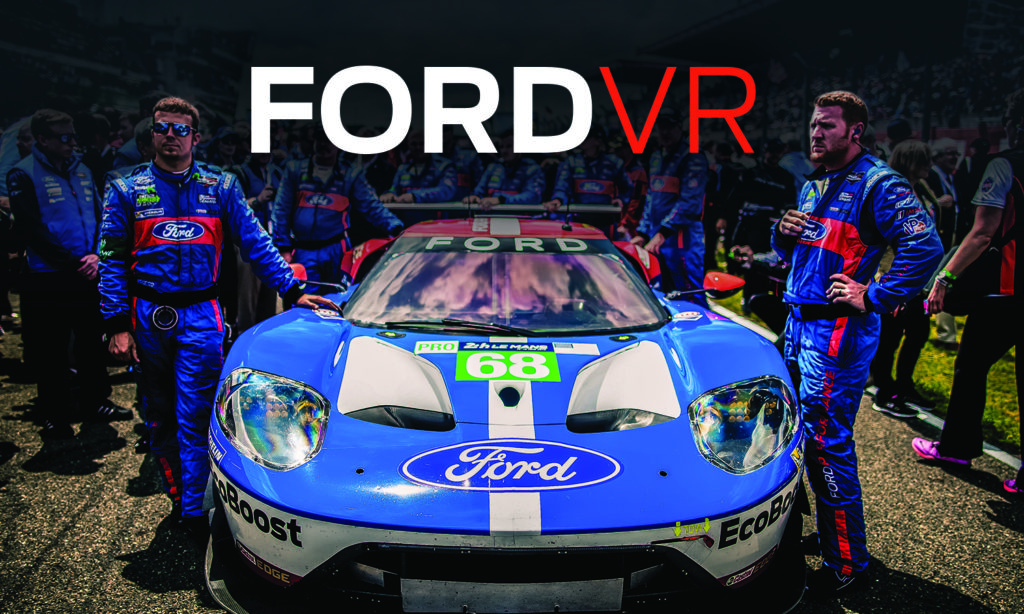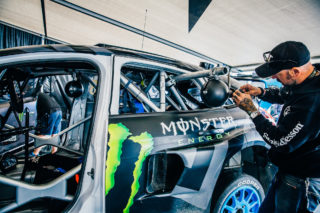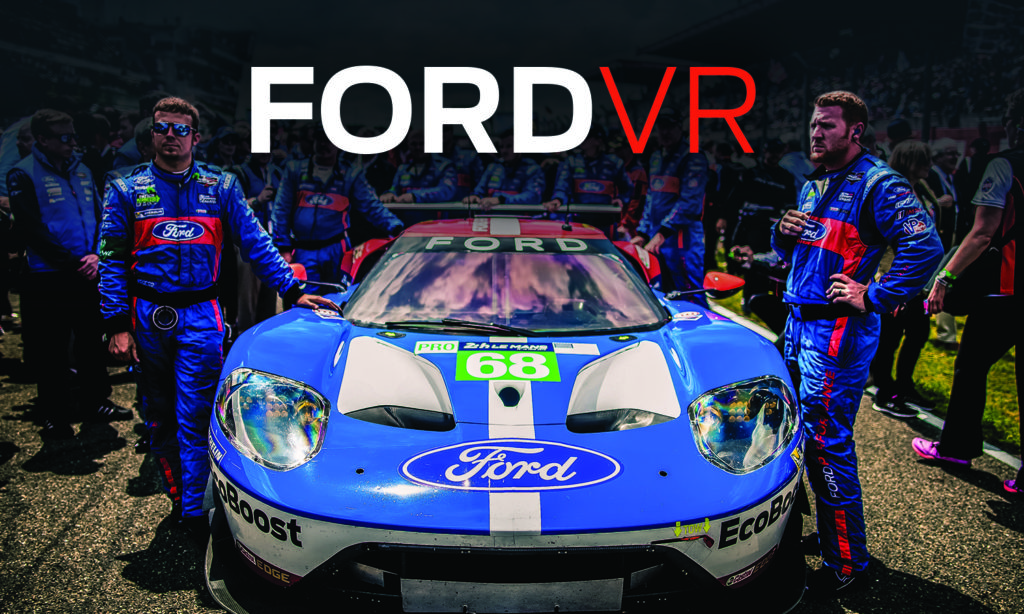Ford launched a virtual reality app that shares stories related to the brand, specifically around the new Ford GT race car that competed at the 24 Hours of Le Mans in June.
Available for US-based iOS and Android users, the app aims at delivering a storytelling platform for consumers and bringing the sights and sounds for fans to experience Ford’s latest innovations like never before.
Lisa Schoder, Ford’s digital marketing manager, joined [a]listdaily to detail why they’re making VR stories for consumers.

The 50th anniversary of the GT40’s 1-2-3 victory at the 24 Hours of Le Mans is definitely a reason to celebrate, while also allowing a unique narrative. Why was now the right time for the VR app, and why did you specifically go with a mobile strategy?
We wanted to create a new entry point for consumers to experience Ford innovations and our compelling stories. As VR continues to reshape the way people interact with brands and engage in storytelling, we felt the time was right to bring to life this new platform in FordVR. The all-new Ford GT is the pinnacle of product innovation at Ford, so we believed it was the perfect story to kick off our VR content offerings. In terms of mobile, smartphones allow a consumer to experience VR content with a headset or cardboard as well as without, using 360-degree video instead. We believed this would give our fans the most options to experience our stories, making it as easy as possible.
The Ford Focus RS RX and Hoonigan Racing’s Ken Block will be featured in a separate VR installation this September. How will you be further marketing and measuring the success of this VR app activation?
We’re so excited for this next story. Our key performance indicator is content consumption. We want to make it as easy as possible for our fans and consumers to access, discover and share this content. Our marketing strategy involves a multi-channel distribution plan, including but not limited to: partnerships, social, earned media and influencer outreach.
What are the opportunities and challenge a campaign like this presents?
VR certainly presents a unique opportunity to connect people with the Ford brand in a completely immersive way. A key challenge with VR is restraint. We’ve established guidelines for the types of Ford stories to tell using this medium since it’s not appropriate in every case.
Why do you want consumers to engage with the Ford brand moving forward on mobile?
Smartphones have become the wearable device that everyone uses and time spent on mobile is rising at a dramatic pace while traditional channels decline. Ford recognizes this shift in consumer behavior and embraces the creative opportunity that mobile marketing presents.

How do you plan on using immersive experiences for Ford Smart Mobility? What’s the message you’re trying to convey?
FordVR will not be about simply telling Ford Performance stories. We’re looking forward to bringing to life stories about other important topics such as Ford Smart Mobility, bringing global issues to the forefront for people who may not be affected personally. Ford is transitioning from an auto company to an auto and a mobility company, and we’re looking forward to taking consumers on the journey with us.
How is Ford further using augmented and virtual reality technology in its digital marketing campaigns on other fronts?
Ford is no stranger to using VR technology. For years, we have embraced VR as a tool in our product development and manufacturing research. Now, VR has emerged as an exciting consumer-facing medium to bring stories to life. We’re also looking at how we can expand VR to dealerships and events as well.
How do you see the future of VR storytelling developing?
As more brands and publishers jump into VR content creation, the medium will mature. Ford looks forward to continually innovating in this space.
Follow Manouk Akopyan on Twitter @Manouk_Akopyan
Behind-the-scenes, amplified. The #FordVR app will take you into the driver's seat of Le Mans and beyond. https://t.co/5UsJ3OnZyZ
— Ford Motor Company (@Ford) August 18, 2016

